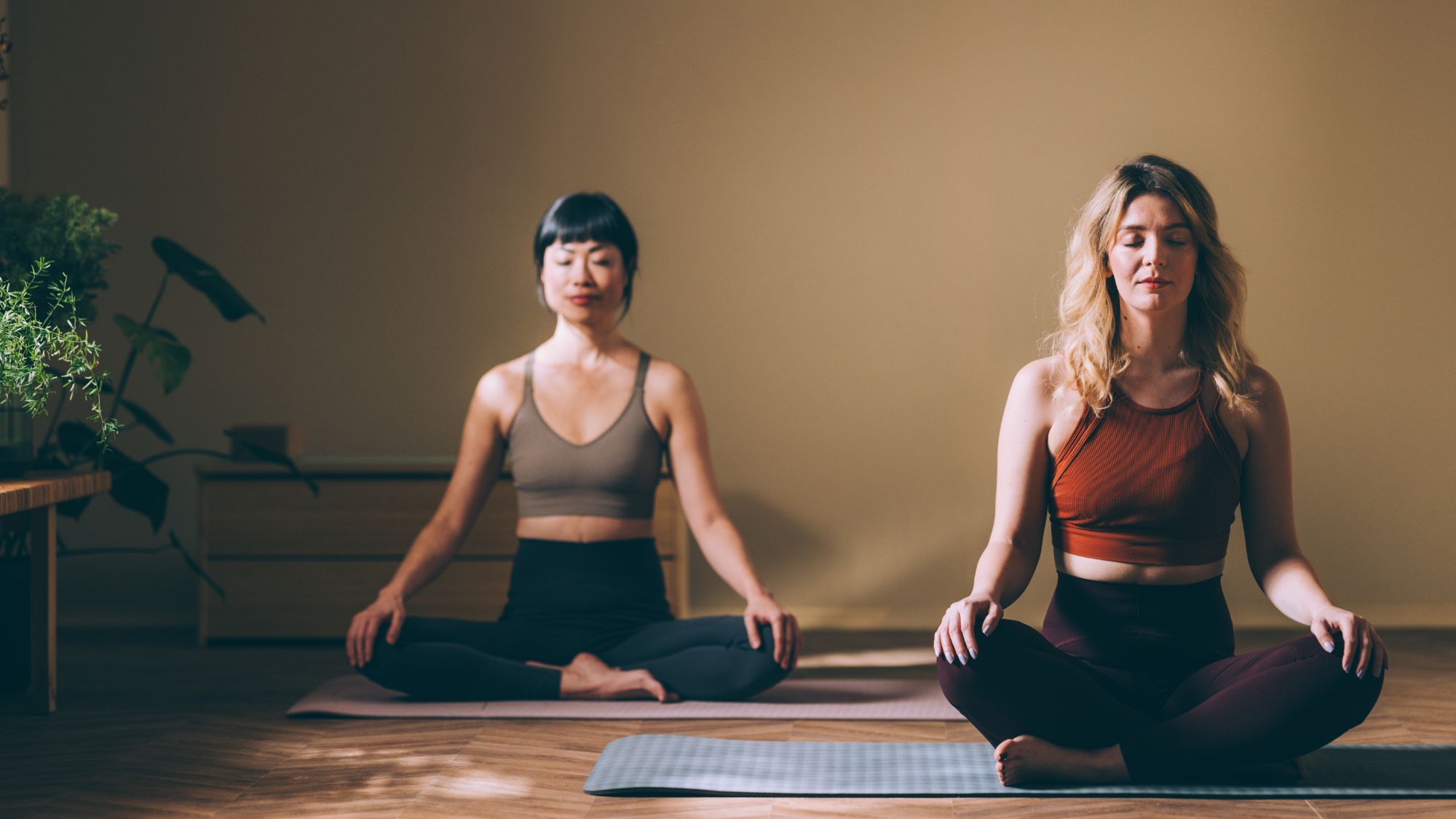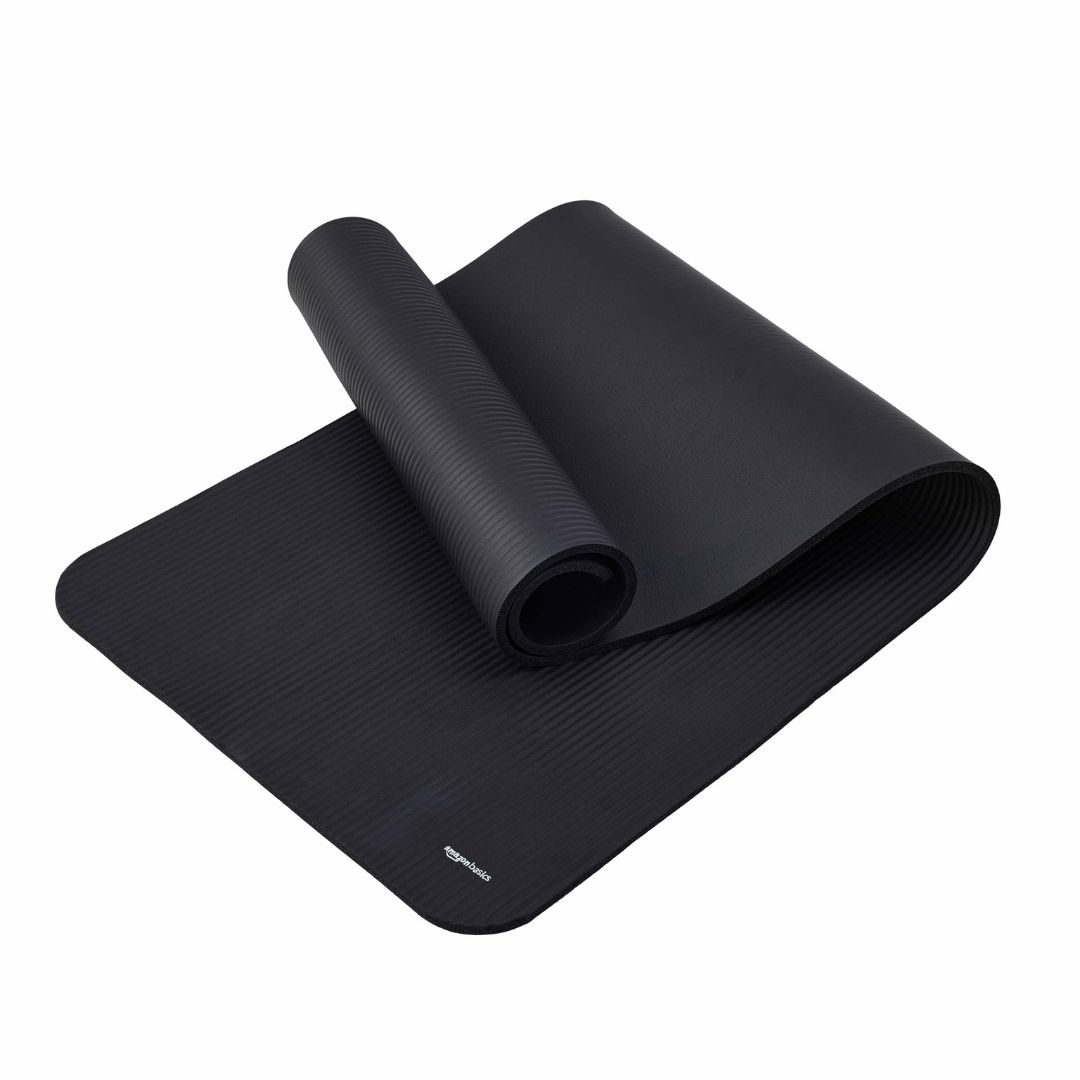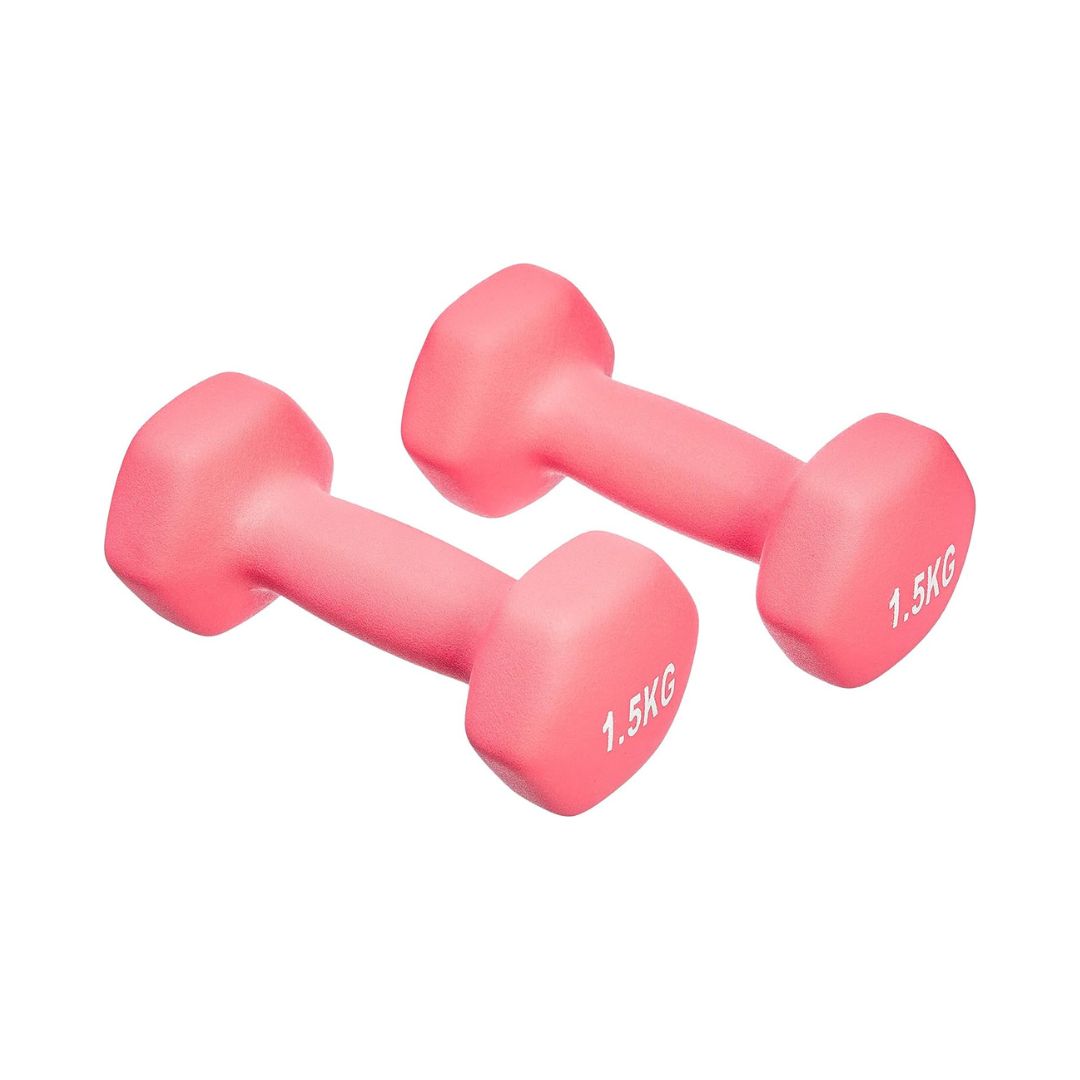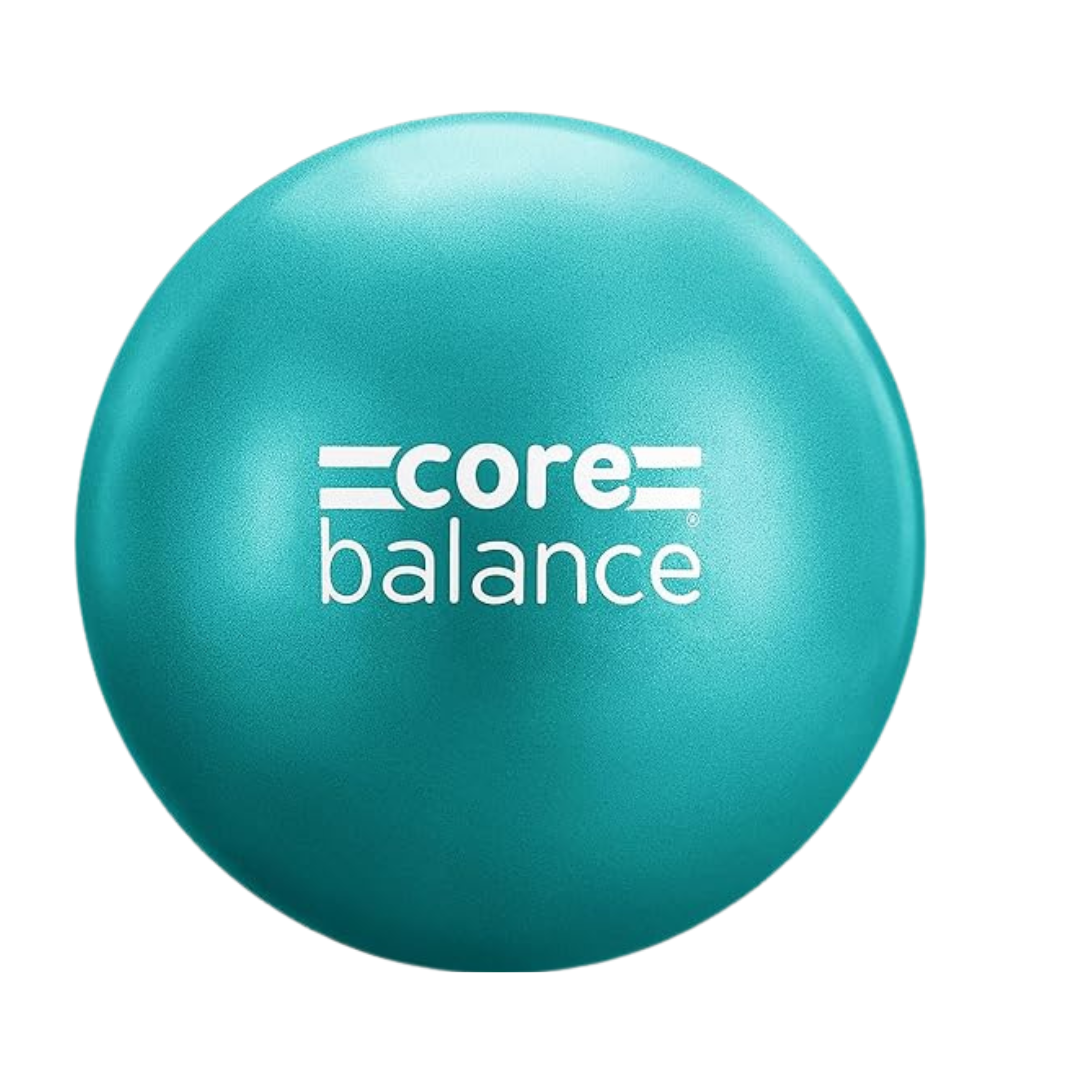I've been working out regularly for nearly 10 years – and these low impact exercises are unquestionably my go-to's
Low impact yet high reward.


When I first joined a gym some ten years ago, high intensity workouts were the training method of the moment. And so, like many other women just trying to build a little muscle and give my fitness a boost, I burpeed and lunge-jumped my way through many workouts – each week aiming to move faster, add more reps, and lift more weight. After just a few months of following this routine, however, I felt depleted and like my human battery drained to zero. I began dreading my workouts - I wasn’t feeling powerful or strong like I’d been promised, and I rarely ever experienced the post-exercise high and energy influx I’d heard other gym-goers enthuse about. So, over time, I made some important changes, including opting for the best low impact exercises instead of those that left me feeling frazzled.
To be clear, there’s nothing inherently wrong with high-intensity training – in fact, it’s an efficient way to move your body that can be great for improving cardiovascular fitness. But it’s not for everybody or every season of your life, and it’s certainly not an everyday style of training for most people. As soon as I dialled back the HIIT sessions and introduced more weightlifting and low impact workouts into my programme, I not only progressed much quicker where muscle and strength gains were concerned, but I also just felt generally good and healthy in my body.
Although called low-impact exercises, they aren’t ineffective. Low impact simply refers to movements that don’t put excessive force through your joints, explains PT and founder of Ladies Who Crunch, Nancy Best. “Generally speaking, your risk of injury is lower than with high impact exercise, which can [when done to excess or without proper form] cause stress fractures and torn ligaments, for example,” she says. “Low impact movement can be an effective way to build strength (think pilates or weight lifting) and develop your aerobic capacity (think swimming or stationary bike), too.” And, best of all? Low impact exercise is suitable for people of all ages and abilities. “Unless you have a specific injury that needs to be rehabbed, disciplines like pilates and strength training can be incorporated into every decade of your life,” says Best.
Keen to learn more about the joint-friendly, muscle-building type of movement, plus how can they help you reach your goals? Let’s dig a little deeper. Don't miss our guides to low impact strength training and low impact Pilates, while you've got a minute.
These are the best low impact exercises of all time, shares a PT
What are low impact exercises?
In a nutshell, low impact exercises are any the types of moves that put less impact through your joints, like squats or lunges. The opposite of high impact exercises, like jumping or cardio, low impact moves promise to put less strain on your joints and muscles, making them more suitable for seniors or those with pre-existing conditions.
Research has shown that they're particularly beneficial for seniors, those with pre-existing injuries, or women with hormonal conditions, like PCOS.
How do low impact exercises help you build muscle?
“Resistance training is one of the most popular forms of low impact exercise, which is a hugely effective vehicle for building muscle,” says Best. Because traditional resistance training doesn’t feature any plyometric movements, it doesn’t stress the joints in the same way that sprints would.
Celebrity news, beauty, fashion advice, and fascinating features, delivered straight to your inbox!
“When we’re lifting weights, we need to ensure there are opportunities for adequate progressive overload to help develop muscle fibres and facilitate adaptation,” Best continues. This means finding a programme that gradually increases in difficulty over time, either through added load, reps or sets, for example.
When utilised alongside an accommodating lifestyle (meaning: a nutritious diet, adequate sleep and stress management, and so on) a programme based on low impact resistance training will facilitate muscle and strength gains.
5 of the best low impact exercises to try today
1. Plank
Why? "Your core is often described as your ‘trunk’ and this is because it’s a wraparound set of muscle groups that includes your pelvis, lower back, transverse abdominals and your hips," Best explains. A plank is a foundational exercise to engage all of these muscles.
How? "Start in a tabletop position, with your hands underneath your shoulders and your knees underneath your hips. With a neutral spine, lift your knees off the floor and walk your feet backwards, until your legs are straight."
How long? Aim for 3x rounds of 45 seconds, to start off.
2. Glute bridges
Why? Glute bridges are a very versatile exercise that can be progressed with a resistance band, a dumbbell or a barbell.
How? "On the inhale, the spine is neutral on floor and the collarbones are open, with the shoulder blades pressing into the mat. On the exhale, the posterior chain (a series of muscles including the glutes, the hamstrings and the lower back) and the core muscles engage, in order to lift the pelvis towards the ceiling."
How long? Aim for 3x rounds of 45 seconds, to start off.
3. Standing strict shoulder press
Why? As well as developing upper body strength, according to Best this is a great exercise for improving posture, helping people learn how to neutralise their spine.
How? "Stand with your tailbone tucked, legs hip distance apart. Bringing your dumbbells to your shoulders, elbows facing forward, brace your core and reach your arms overhead. Bring the weights back to your shoulders with control."
How long? Aim for 3x rounds of 45 seconds, to start off.
4. Bent-over rows
Why? Bent-over rows are a key functional exercise that builds power and stability in a ‘pull’ movement, Best explains.
How? "Hingeing from the hips, soften your knees and bring your chest forward into an incline. Your shoulders should remain above the hips, with the spine long. With one weight in each hand, the arms straight, engage your lat muscles and bend your elbows, to pull the weights to your hips."
How long? Aim for 3x rounds of 45 seconds, to start off.
5. Wall sit
Why? The wall sit is a full-body strengthening exercise that can be done anywhere – living room or gym floor.
How? "With your back aligned to the wall, bend your knees and find a squat hold," Best instructs. "You can add a dumbbell to your hips for an additional challenge."
How long? Aim for 3x rounds of 45 seconds, to start off.
Shop MC UK approved workout kit now:

You'll still want to invest in a workout mat for your low impact exercises to ensure your joints are properly protected. This cushioned option from Amazon is effective while still being affordable.

Abbi Henderson is a freelance journalist and social media editor who covers health, fitness, women’s sport and lifestyle for titles including Women's Health and Stylist, among others.
With a desire to help make healthcare, exercise and sport more accessible to women, she writes about everything from the realities of seeking medical support as a woman to those of being a female athlete fighting for equality.
When she’s not working, she’s drinking tea, going on seaside walks, lifting weights, watching football, and probably cooking something pasta-based.






